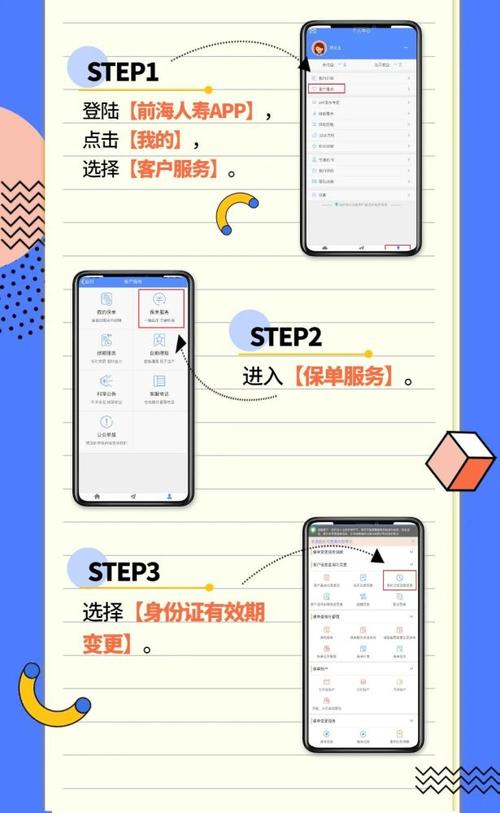
大小:
下载:851次
分类:手机软件
手机扫码免费下载
纠错留言#手机保单是什么意思简介
Title: Optimizing Insurance Policy Analysis Systems for Mobile Devices
In the realm of insurance, the integration of mobile technology has become increasingly vital for both insurers and policyholders. With the emergence of mobile applications aimed at policy analysis, insurers are provided with a unique opportunity to enhance efficiency and accessibility while simultaneously empowering policyholders with greater control and understanding of their coverage. Let's delve into the intricacies of mobile insurance policy analysis systems and explore strategies for their optimization.
Understanding Mobile Insurance Policy Analysis Systems
Mobile insurance policy analysis systems serve as platforms designed to facilitate the comprehensive analysis of insurance policies directly through mobile devices such as smartphones or tablets. These systems offer various functionalities, including policy comparison, coverage assessment, premium calculation, and even claims processing.
Key Features and Benefits
1.
Accessibility:
One of the primary advantages of mobile policy analysis systems is accessibility. Policyholders can conveniently access their insurance information anytime, anywhere, empowering them to make informed decisions regarding their coverage.
2.
UserFriendly Interface:
Effective mobile systems boast intuitive user interfaces optimized for smaller screens, ensuring seamless navigation and a pleasant user experience. Clear visuals and simplified language are essential for enhancing comprehension, particularly for policyholders who may not be wellversed in insurance jargon.3.
Personalization:
Tailoring the user experience based on individual preferences and policy details enhances engagement and fosters a sense of ownership among policyholders. Personalized recommendations and alerts regarding policy updates or relevant offers can significantly improve customer satisfaction and retention.4.
Integration with Digital Platforms:
Seamless integration with other digital platforms such as online portals or social media channels facilitates streamlined communication between insurers and policyholders. Additionally, integration with digital payment systems simplifies premium payments and enhances overall convenience.5.
Data Security:
Given the sensitive nature of insurance information, robust data security measures are paramount. Implementation of encryption protocols, biometric authentication, and regular security audits helps safeguard personal and financial data, fostering trust and confidence among users.Optimization Strategies
1.
Performance Optimization:
Ensuring optimal performance across various devices and network conditions is crucial for user satisfaction. This entails optimizing app loading times, minimizing data usage, and implementing efficient caching mechanisms to enhance responsiveness.2.
Scalability:
As the user base grows, scalability becomes imperative to accommodate increasing traffic and maintain system performance. Employing scalable infrastructure solutions such as cloud computing enables seamless expansion without compromising performance or reliability.3.
Analytics Integration:
Leveraging analytics tools allows insurers to gain valuable insights into user behavior, preferences, and pain points. By analyzing user interactions within the app, insurers can identify areas for improvement and refine their offerings to better meet customer needs.4.
Continuous Improvement:
Adopting an agile development approach facilitates iterative updates and enhancements based on user feedback and market trends. Regularly soliciting feedback from policyholders and conducting usability testing ensures that the app remains relevant and usercentric.5.
Compliance and Regulatory Adherence:
Staying abreast of regulatory requirements and compliance standards is nonnegotiable in the insurance industry. Implementing robust compliance measures and conducting regular audits ensures adherence to legal and regulatory frameworks, mitigating risks and liabilities.Conclusion
In conclusion, mobile insurance policy analysis systems represent a significant advancement in the insurance industry, offering unparalleled accessibility, convenience, and empowerment to policyholders. By prioritizing user experience, security, and optimization, insurers can capitalize on the potential of mobile technology to revolutionize policy analysis and strengthen customer relationships. Embracing innovation and continuously refining mobile offerings will be pivotal in navigating the evolving landscape of insurance in the digital age.








